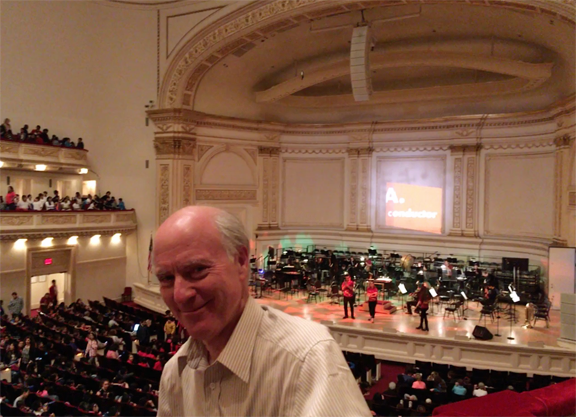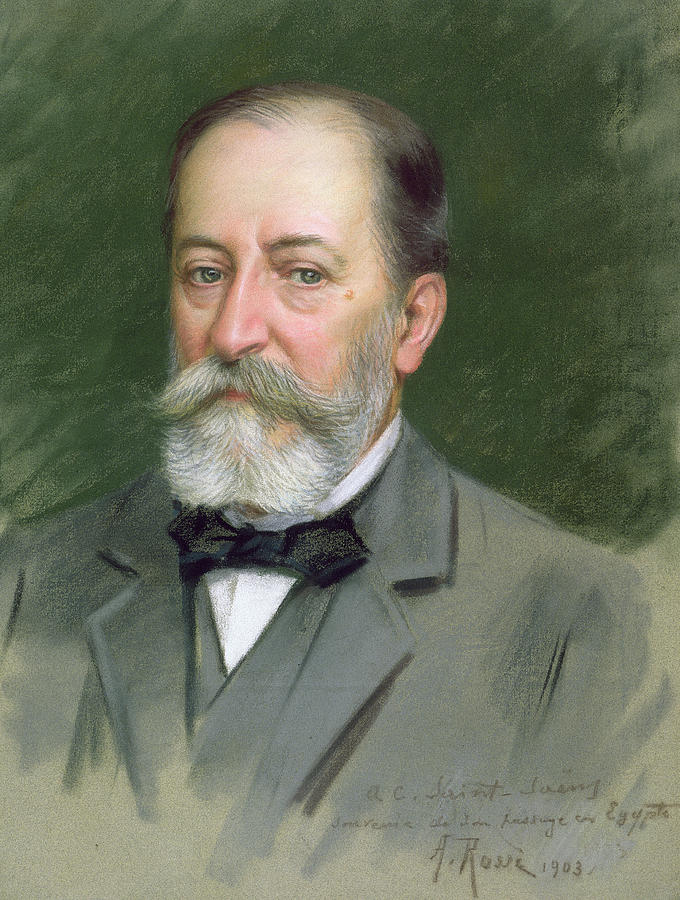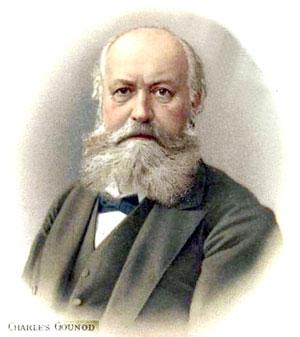A Little Night’s Music
Jay Fishman
Aside from the similarity in title to Mozart’s Eine Kleine Nachtmusik (A Little Night Music), my piece has nothing in common with Mozart. In fact, the music was composed before I decided on a title, and its choice was because of indecision. I could not think of an appropriate name.
When I started to compose my Night’s Music, I wanted to create something that did not have a story – a piece that was pleasant and listenable, and perhaps just a bit “quirky.” So after several false starts, I came up with the idea of a beginning that was in five four (five beats to the measure instead of the much more common four), with a few measures thrown in that contained six beats, and then some with four. This unusual metric combination would (I hope) entice the listener, and at the same time, the more “conventional” harmonies and flowing melodies insure that they would enjoy the music.
Of course, after this type of opening, I needed to create a contrasting middle section, which as it turns out was faster, louder and more dramatic. Given the title, one could assume that in this section, I was creating music that was alluding bad dreams. And, in that the piece ends with a reference to the calmer beginning, I suspect this could then be interpreted as the end of the nightmares and a reasonably calm and restful ending.
Again, nothing could be further from the truth. I had no such intentions for this music. But on the other hand, if the listener wants to assign some type of story to make the music more enjoyable, I am fine with that. My intent is for people to enjoy what I composed, regardless of how they approach it. When all is said and done, for me at least, this is the purpose of composing. —JF
Piano Concerto No. 2, opus 22
Camille Saint-Saëns (1835-1921)
Camille Saint-Saens is one of the most famous of the French romantic composers. His most popular works include his third symphony (the “organ symphony”) the Introduction and Rondo Capriccioso for violin and orchestra, the opera, Samson and Delilah, the third violin concerto, his second piano concerto (heard on this set of performances), and of course what most of learned when we were children, The Carnival of the Animals. And from the “Carnival,” one of the most enduring sections is of course the cello, which presents a most alluring depiction of the swan.
The Second Piano Concerto is unique. Its first movement is slow and contemplative, which is very unusual for the first movements of romantic concertos, which were generally fast(er). And the piece begins with an extended solo piano cadenza – again very unusual. After the piano introduction, comes a very short (only seven measure) orchestral interlude, followed again by another cadenza, after which the orchestra finally joins the piano. And towards the end of the movement, there is yet another cadenza! At the risk of repeating myself – highly unusual!
The second movement is essentially a romp. It is a light and playful creation, with the piano soloist interacting with the various orchestra sections (sometimes winds, at other times strings, and even the horns get into the mix), and seemingly, all for good fun. The last movement is more dramatic, and certainly at times furious in temperament – quite a contrast from the preceding two movements. The three movements are all very different from each other, and taken together, present a remarkable and fun concerto, unlike any other that I am aware of. —JF
Symphony No. 1 in D Major
Charles Gounod (1818-1893)
French composer Charles Gounod, is probably best known for creating a melody that eventually was to become an Ave Maria that was to be sung over Johann Sebastian Bach’s C Major Prelude from the Well-Tempered Klavier. Fanny Mendelssohn who was the sister of the famous composer, conductor and music historian (particularly on Bach) Felix, introduced the music of Bach to Gounod, who quickly became enamored with the “old music.” In fact he was so taken with Bach’s Well-Tempered Klavier that he wrote, it is
“the law to pianoforte study…the unquestioned textbook of musical composition.”
For all of you Alfred Hitchcock fans, another of his very popular works is his Funeral March of the Marionettes, which of course was the theme music to the popular television series, “Alfred Hitchcock Presents.”
Gounod composed two symphonies, both written in 1855. The first, which is heard on this set of performances, became the inspiration for his seventeen year-old student’s (Georges Bizet) first symphony.
The symphony is in four movements, and is typical of music of its time. The first movement is quick and lively. The second movement is slow, and interesting because it has some beautifully moving melodic lines which are contrasted by an involved contrapuntal section (a melody is presented, then repeated with a counter melody super-imposed, etc.), which is very reminiscent of a Bach fugue. The delightful third movement is in a minuet and trio style, and the fourth movement provides a fast paced, fun and driving ending. Unfortunately, this symphony is rarely performed, which to me is a real shame. It is truly an enjoyable and entertaining piece of music, and deserves a regular place in our symphonic repertoire. —JF



